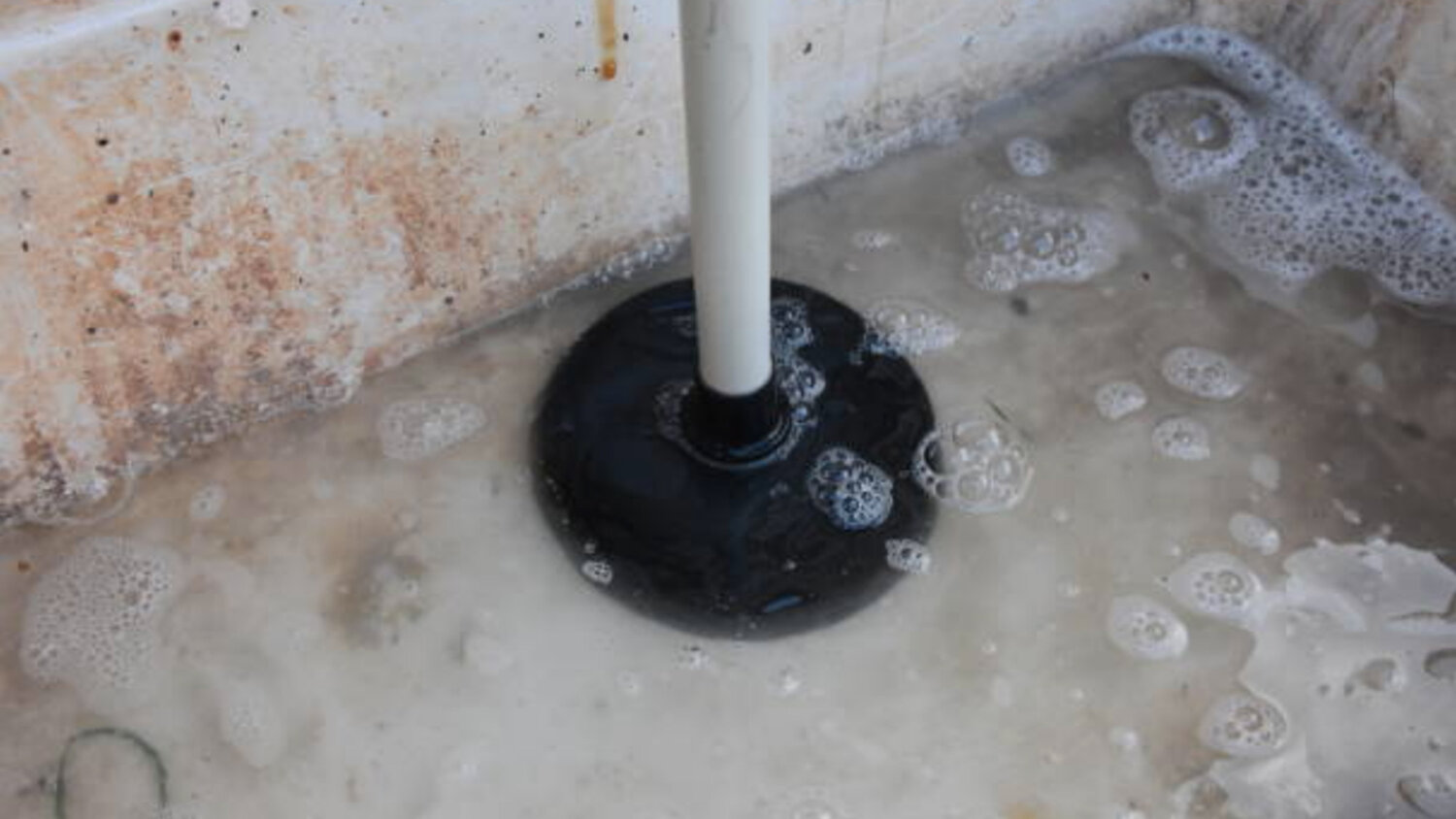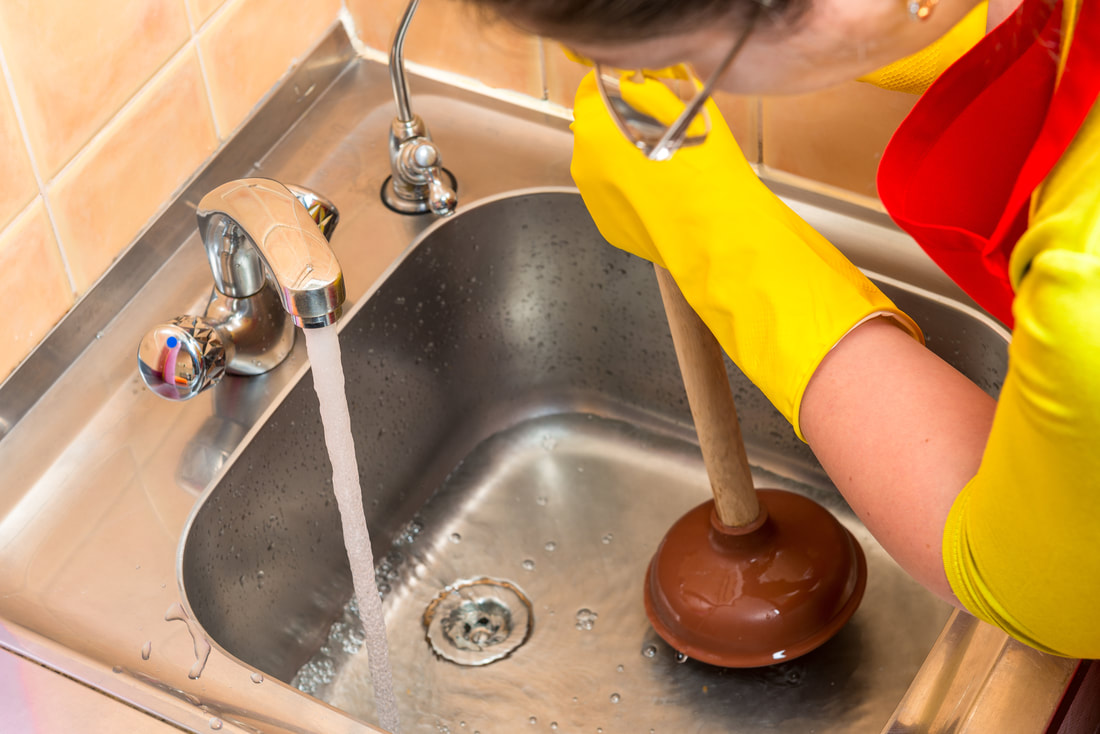Ways to Learn Plunger and Drain Cleaners: Professional Guidance
Ways to Learn Plunger and Drain Cleaners: Professional Guidance
Blog Article
This great article underneath in relation to How to Use a Plunger to Unclog a Toilet or Drain is incredibly compelling. Give it a go and draw your own personal assumptions.

Introduction
Correct upkeep of home drains pipes is necessary for avoiding clogs and making sure smooth water flow. Among the key devices in every house owner's toolkit is the plunger, alongside numerous drain cleansers created to tackle persistent clogs properly. This write-up checks out just how to utilize bettors and drain cleansers properly to keep your drains pipes flowing easily.
Section 1: Comprehending Plungers
Types of Plungers
There are a number of types of bettors available, each made for different sorts of drains and obstructs. One of the most typical types consist of cup plungers, flange bettors, and accordion plungers.
Exactly How Plungers Work
Bettors deal with the principle of developing pressure and suction to displace blockages. When properly used over a drain, they produce a vacuum that can pull out particles or break up blockages.
Picking the Right Plunger
Selecting the ideal plunger depends upon the sort of drainpipe and the nature of the clog. Cup bettors are ideal for sinks and bathtubs, while flange plungers are better fit for toilets as a result of their design.
Typical Mistakes with Bettors
Staying clear of these errors ensures reliable plunging: incorrect seal around the drain, not enough pressure, and not clearing bordering debris.
Area 2: Utilizing Plungers Effectively
Prep work
Before plunging, ensure the bettor covers the drainpipe totally and develops a tight seal. Clear any kind of visible debris around the drainpipe opening.
Technique
Begin with gentle plunging motions to construct suction. Rise pressure slowly, making use of a constant rhythm. Repeat as needed till the drain gets rid of.
Fixing Tips
If diving doesn't function, try readjusting the seal, applying oil jelly for a much better seal, or making use of a different type of bettor.
Area 3: Comprehending Drainpipe Cleaners
Kinds Of Drainpipe Cleaners
Drain cleansers can be chemical or chemical. Chemical cleaners utilize solid chemicals to liquify clogs, while enzymatic cleaners utilize all-natural enzymes to break down raw material.
Just How Drainpipe Cleaners Work
Chemical cleaners react with clogs to dissolve them, while enzymatic cleansers break down organic materials like hair and oil without hurting pipes.
Safety Factors to consider
Constantly wear handwear covers and eye security when using chemical drainpipe cleansers. Ensure ample air flow and follow supplier directions carefully.
Eco-Friendly Alternatives
Take into consideration utilizing vinegar and cooking soda or enzyme-based cleaners for environment-friendly options that are safer for pipelines and the atmosphere.
Area 4: Utilizing Drain Cleansers Properly
Application Techniques
Put chemical cleaners straight into the drain opening. Permit them to help the advised time before purging with warm water. Enzymatic cleaners need to sit overnight.
Preventative measures
Avoid mixing various sorts of cleaners, as this can produce hazardous fumes. Never ever use chemical cleaners together with a bettor, as spilling can take place.
Handling Persistent Clogs
For persistent clogs, consider using a pipes serpent or calling a specialist plumber to stop damages to pipelines.
Final thought
In conclusion, understanding how to make use of bettors and drain cleansers efficiently is vital for maintaining healthy and balanced plumbing systems. By picking the right tools and techniques, home owners can tackle small blockages and protect against major pipes issues down the line.
HOW TO EFFECTIVELY USE A PLUNGER
Chances are you’ve had to use a plunger a time or two. Having this bathroom tool within reach keeps things running smoothly when an unexpected clog strikes. Plungers can be easy to use, but there’s more to this bathroom staple than meets the eye.
How to Use a Plunger?
A plunger clears obstructions in a toilet, sink, or drain. Plungers are the simplest and most cost-effective tool for unclogging toilets. They’re available in different shapes and sizes, but all of them work on the same principle.
A cup-shaped rubber object is attached to the end of a flexible tube. The cup is inserted into the drain and then pushed up and down to create suction. This vacuum dislodges any clogs or obstructions in the drainpipe.
How You Really Should Use a Plunger?
Position the plunger over the drain and cover the opening completely.
Make sure there is the right amount of water in the bowl. There should be enough to cover the cup of the plunger. If there is too much water, remove any excess. If there is not enough, water should be added to the bowl.
Plunge rapidly in an up-and-down motion to create suction. Do this motion for about 20 seconds.
In order to ensure that you have created a good seal, continue to apply pressure while plunging.
Repeat as many times as necessary to get the clog released.
Picking the Right Plunger
There are different drains in your home that can clog, and different plungers are specifically designed for various drains. Where some plungers are better suited to unclog a toilet, others are made to unclog sinks. Picking the right plunger can help unclog the drain more efficiently.
Flange plungers are commonly used to unclog toilets
Cup plungers are better suited to unclog sinks
Accordion plungers are best for sed for tubs, or shower drains
Automatic plungers are more pricey but can send CO2 into the drain
Beehive plungers are able to plunge wide toilet drains
What to Do if a Plunger Fails
Try a chemical drain cleaner
Mix together a homemade solution of baking soda and vinegar
Pour a combination of boiling hot water and liquid dish detergent into the drain
Calling in the Pros at Elite Heating & Air
If all other methods fail and your clog still persists, it’s time to call in a professional plumber. The team at Elite Heating & Air can help restore balance to your drains and offers additional plumbing services for all your needs.
Drain cleaning
Water line repairs
Leak detection
Leak repairs
Kitchen and bathroom remodeling
Sewer Camera Inspection
https://www.elitecustomservices.com/blog/how-to-use-a-plunger/

Application Techniques
Put chemical cleaners straight into the drain opening. Permit them to help the advised time before purging with warm water. Enzymatic cleaners need to sit overnight.
Preventative measures
Avoid mixing various sorts of cleaners, as this can produce hazardous fumes. Never ever use chemical cleaners together with a bettor, as spilling can take place.
Handling Persistent Clogs
For persistent clogs, consider using a pipes serpent or calling a specialist plumber to stop damages to pipelines.
Final thought
In conclusion, understanding how to make use of bettors and drain cleansers efficiently is vital for maintaining healthy and balanced plumbing systems. By picking the right tools and techniques, home owners can tackle small blockages and protect against major pipes issues down the line.
HOW TO EFFECTIVELY USE A PLUNGER
Chances are you’ve had to use a plunger a time or two. Having this bathroom tool within reach keeps things running smoothly when an unexpected clog strikes. Plungers can be easy to use, but there’s more to this bathroom staple than meets the eye.
How to Use a Plunger?
A plunger clears obstructions in a toilet, sink, or drain. Plungers are the simplest and most cost-effective tool for unclogging toilets. They’re available in different shapes and sizes, but all of them work on the same principle.
A cup-shaped rubber object is attached to the end of a flexible tube. The cup is inserted into the drain and then pushed up and down to create suction. This vacuum dislodges any clogs or obstructions in the drainpipe.
How You Really Should Use a Plunger?
Position the plunger over the drain and cover the opening completely. Make sure there is the right amount of water in the bowl. There should be enough to cover the cup of the plunger. If there is too much water, remove any excess. If there is not enough, water should be added to the bowl. Plunge rapidly in an up-and-down motion to create suction. Do this motion for about 20 seconds. In order to ensure that you have created a good seal, continue to apply pressure while plunging. Repeat as many times as necessary to get the clog released. Picking the Right Plunger
There are different drains in your home that can clog, and different plungers are specifically designed for various drains. Where some plungers are better suited to unclog a toilet, others are made to unclog sinks. Picking the right plunger can help unclog the drain more efficiently.
Flange plungers are commonly used to unclog toilets Cup plungers are better suited to unclog sinks Accordion plungers are best for sed for tubs, or shower drains Automatic plungers are more pricey but can send CO2 into the drain Beehive plungers are able to plunge wide toilet drains What to Do if a Plunger Fails
Try a chemical drain cleaner Mix together a homemade solution of baking soda and vinegar Pour a combination of boiling hot water and liquid dish detergent into the drain Calling in the Pros at Elite Heating & Air
If all other methods fail and your clog still persists, it’s time to call in a professional plumber. The team at Elite Heating & Air can help restore balance to your drains and offers additional plumbing services for all your needs.
Drain cleaning Water line repairs Leak detection Leak repairs Kitchen and bathroom remodeling Sewer Camera Inspection https://www.elitecustomservices.com/blog/how-to-use-a-plunger/

I'm very occupied with How To Use Your Toilet Plunger Correctly in 5 Easy Steps and I'm hoping you liked the new blog entry. Sharing is nice. You won't know, you may very well be doing someone a favor. Thanks a lot for your time. Return soon.
Appointment Report this page